Miscellaneous environmental projects from 2013-Present
project overview
Collaborating with Punto Urban Art Museum to redesign their labeling system was a complete passion project. I was able to put my graduate thesis to the test and walk through a content and design strategy using the system I had created. The Punto team was incredibly encouraging, wanting to make sure their labels really provided context to these incredible pieces of art. Along with final imagery and video, I've included process photos below. I look forward to seeing how these labels adapt over the years!
Learn more about the Punto Urban Art Museum on their website!
Created in 2020, installed in 2022. Some photos and videos courtesy of the Punto Urban Outdoor Gallery
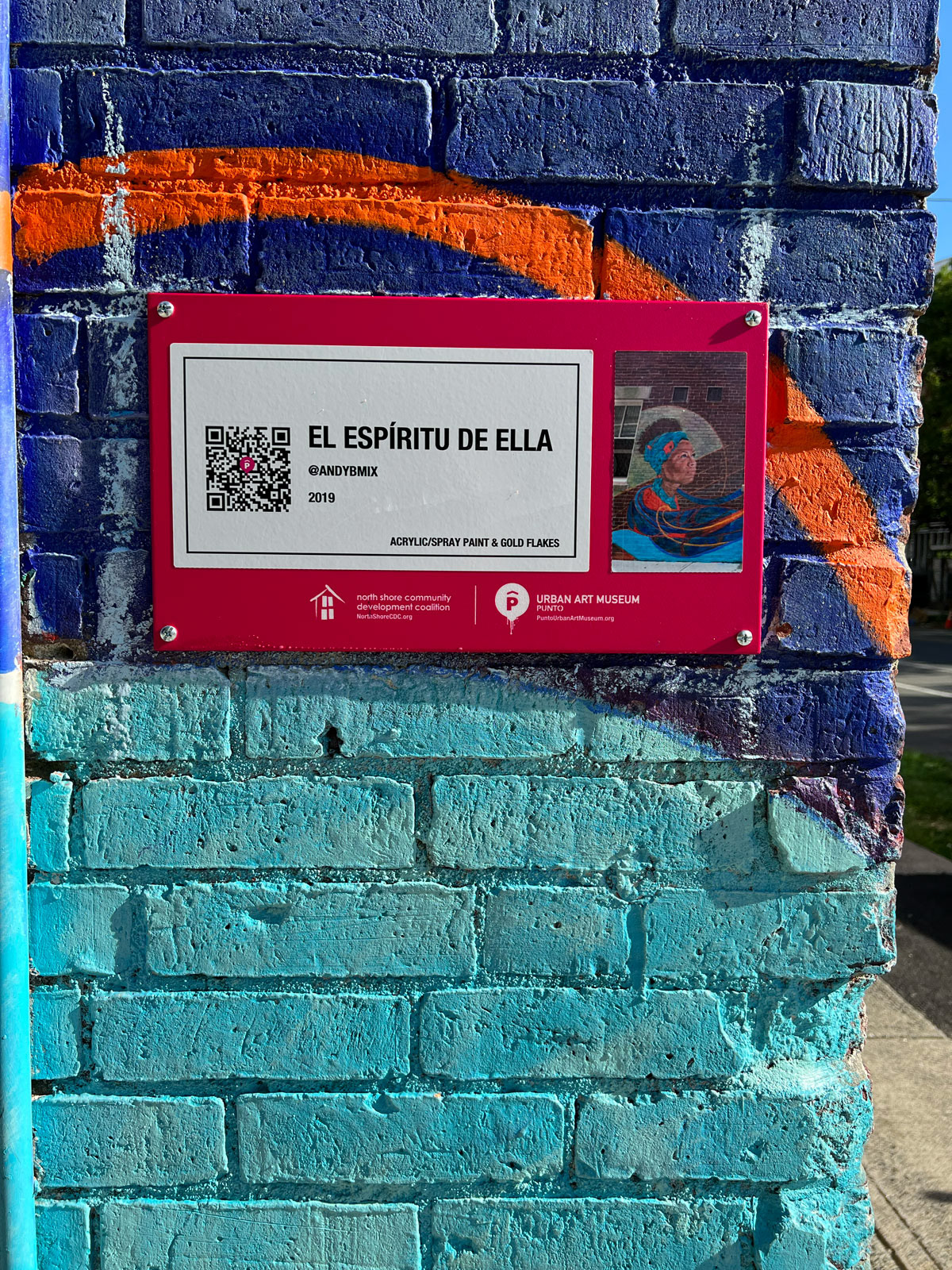
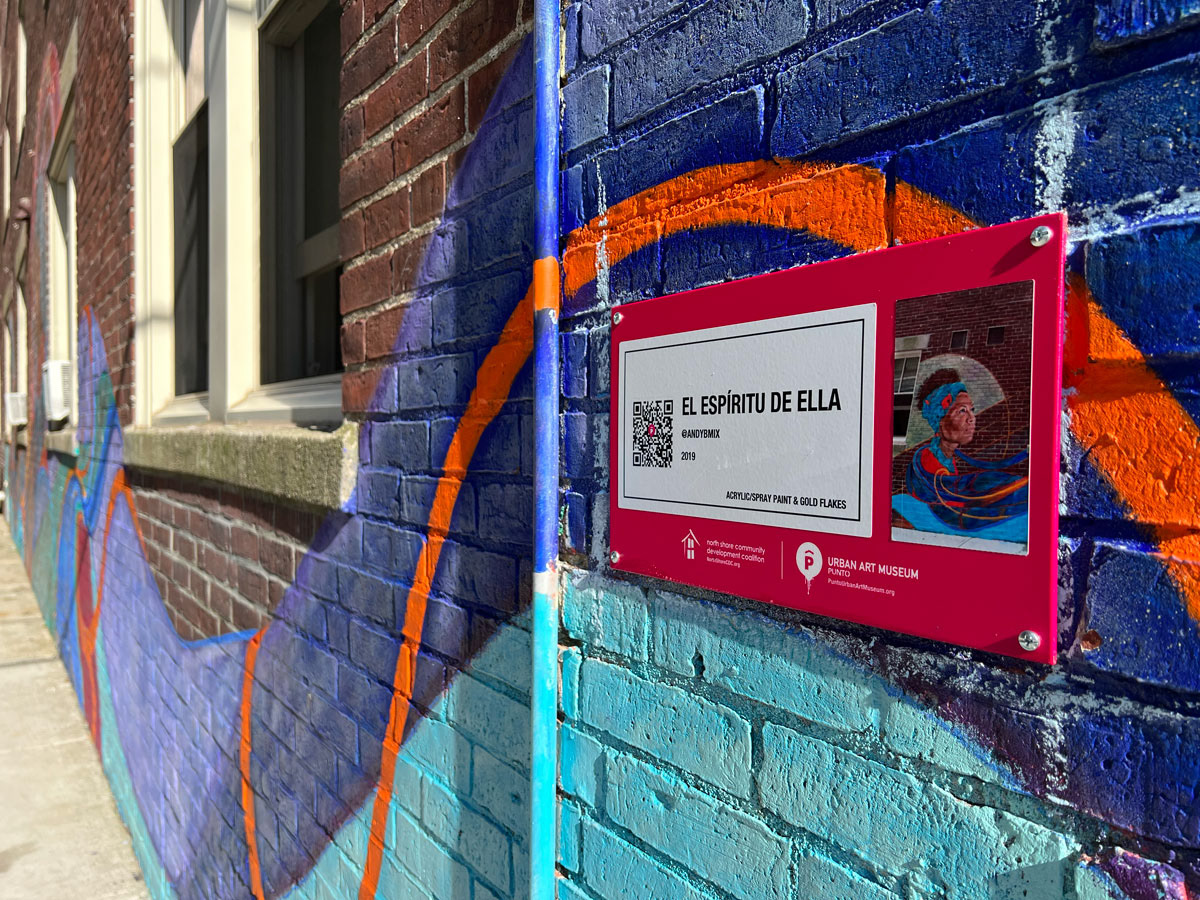
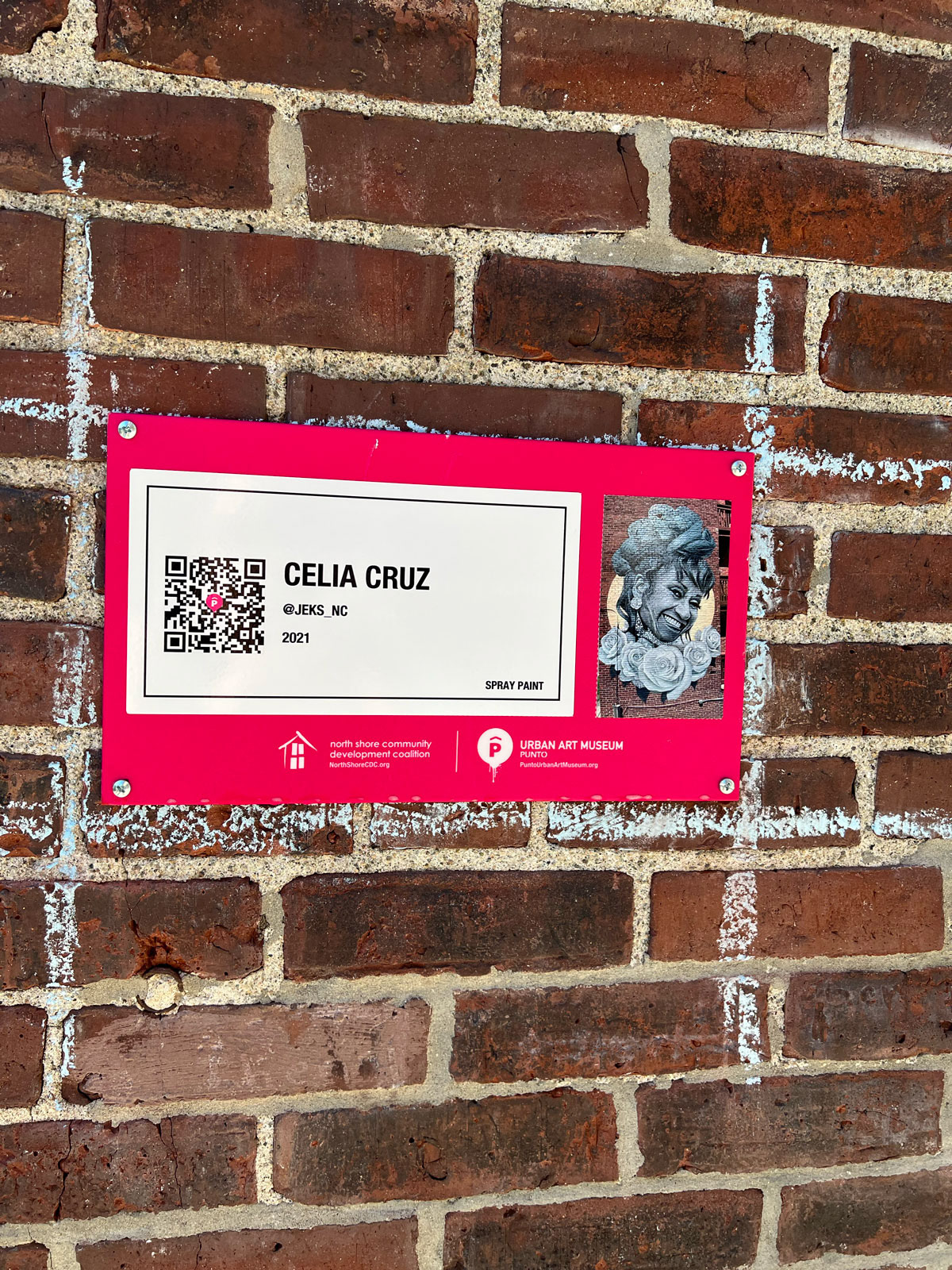
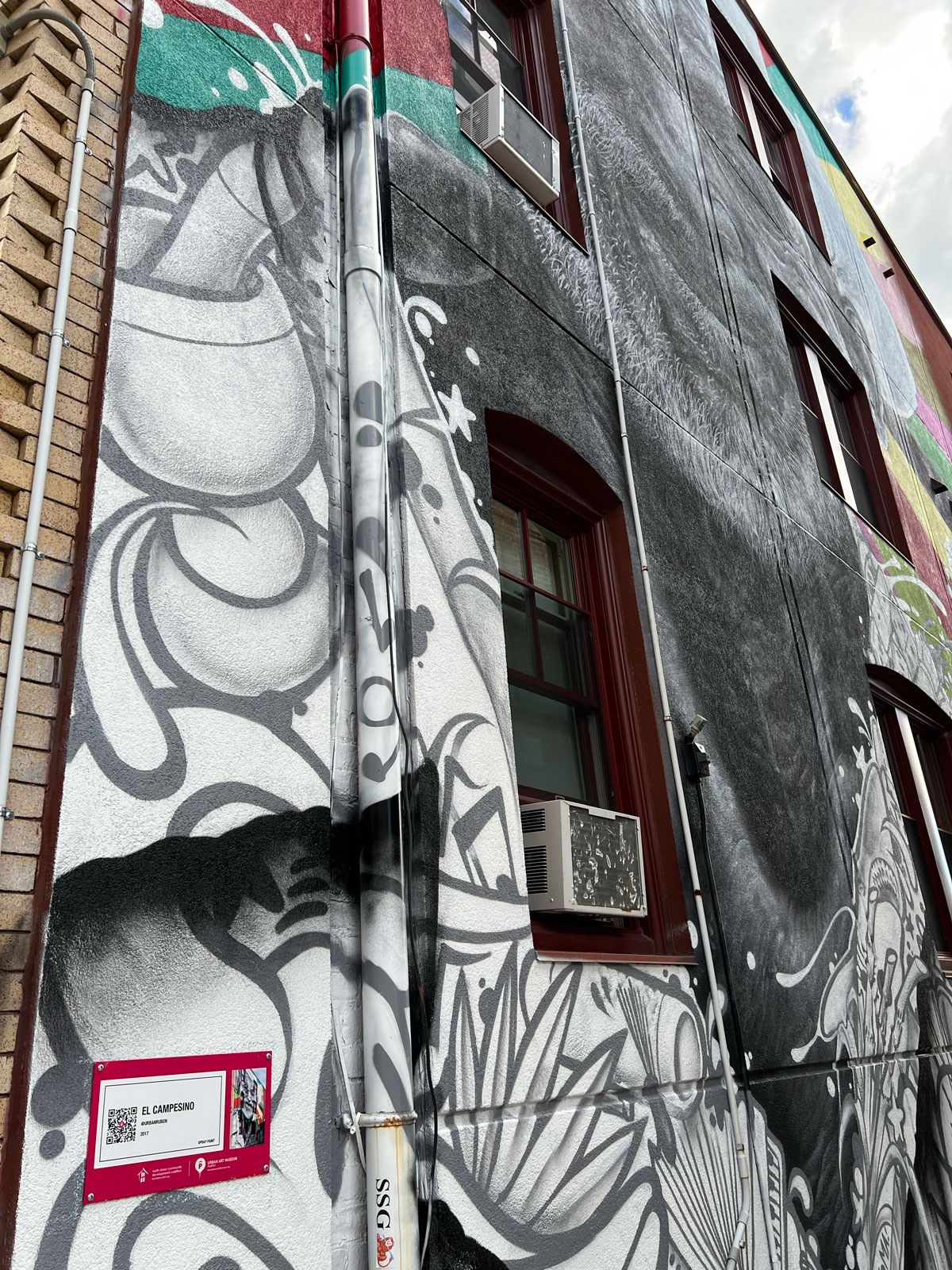

project overview
For this project I was the creative lead and art director for the University of Texas at Austin Master of Fine Arts (MFA) Design show, Work For Progress. As part of the MFA degree, candidates are required to display their final thesis in a gallery show. However, the expectation to cram two years of research, iterations, and process, into a neatly packaged display felt disingenuous to the degree and design process. To facilitate this idea we moved our studio into the gallery for the duration of the show. This allowed visitors to ask us questions while they interacted with our research and gained insight into the design process. You can visit our website (an editable google doc) at workforprogress.show or check out our instagram page at instagram.com/workforprogress.show
Created while at UT Austin, 2019. Some photos courtesy of Sandy Carson and Lawrence Peart

"Work For Progress" changeable sign
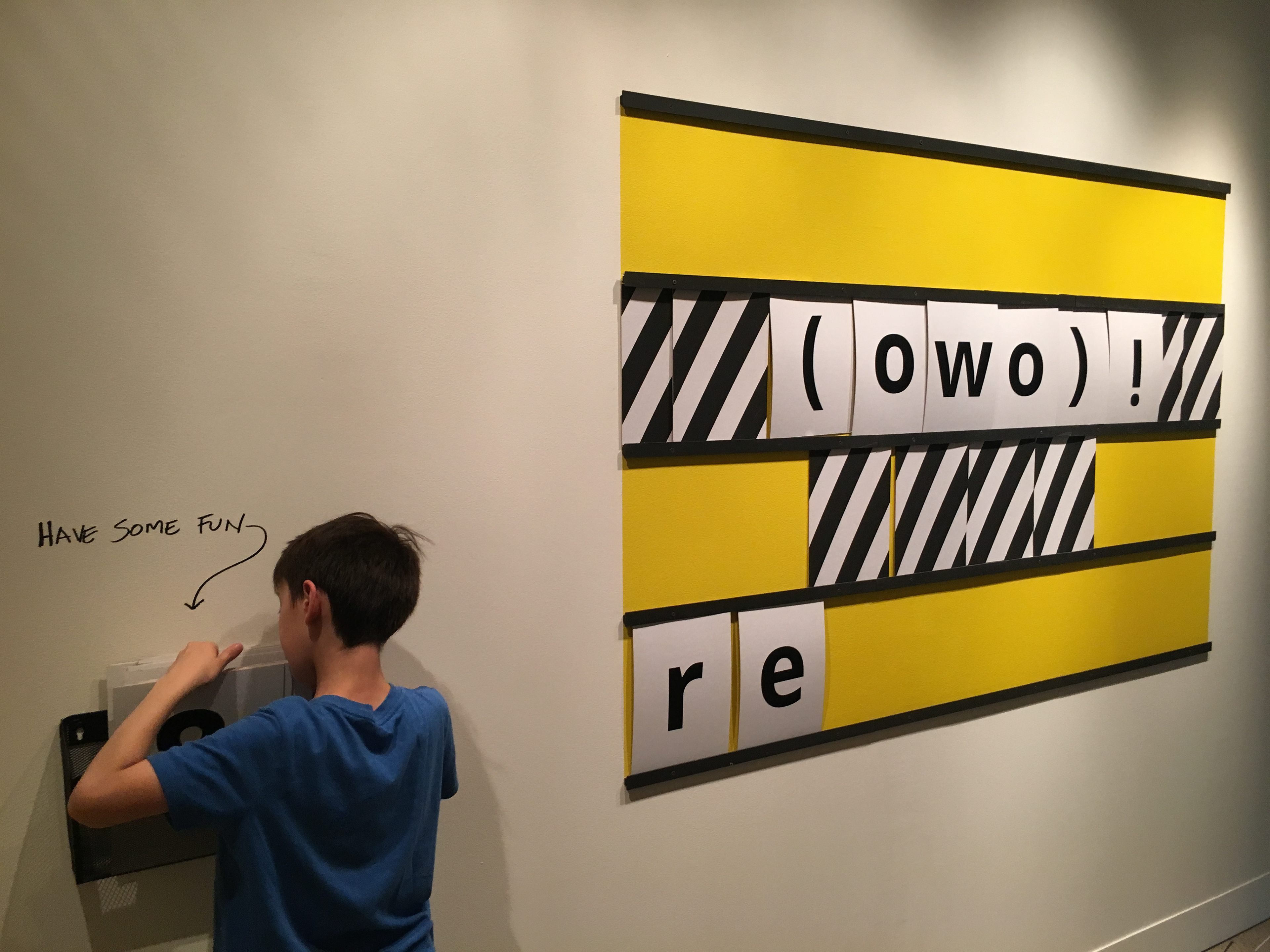
A visitor playing with the sign.

Introductory signage about the studio space gallery.

Photo of a classmate's section of the exhibition.
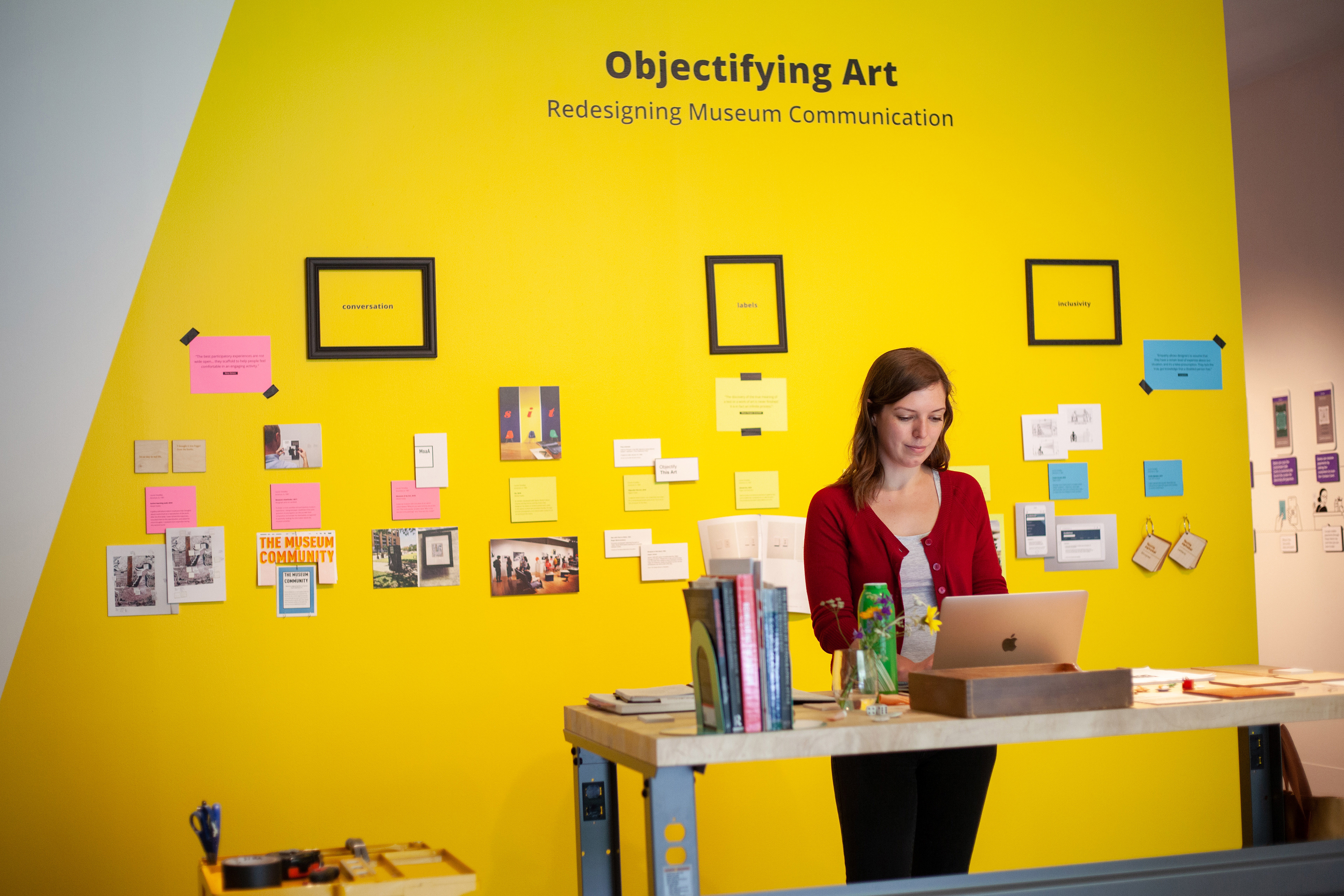
A photo of me working at my desk, in my portion of the exhibition.
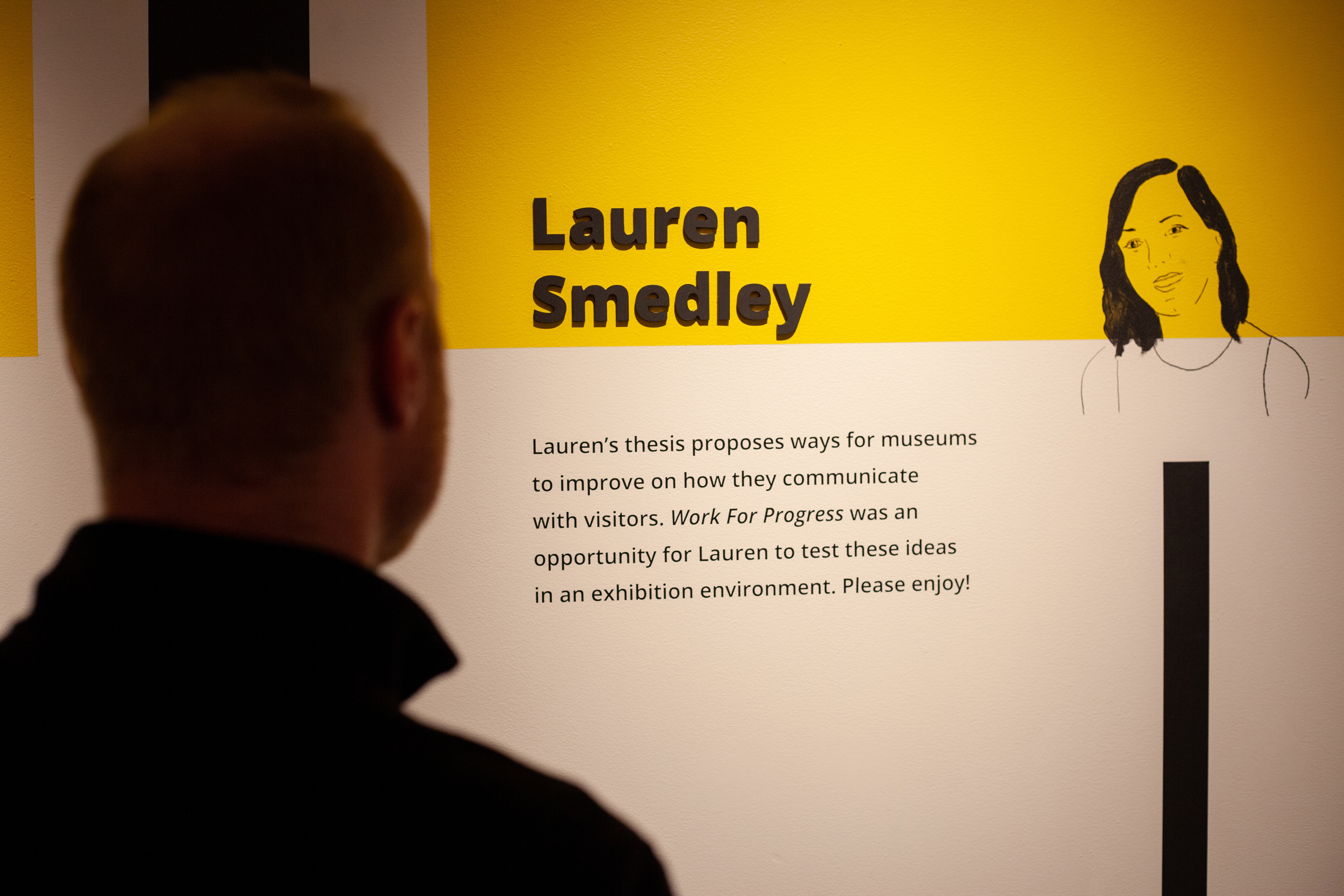
Close up of my biography. I illustrated and painted the portraits.
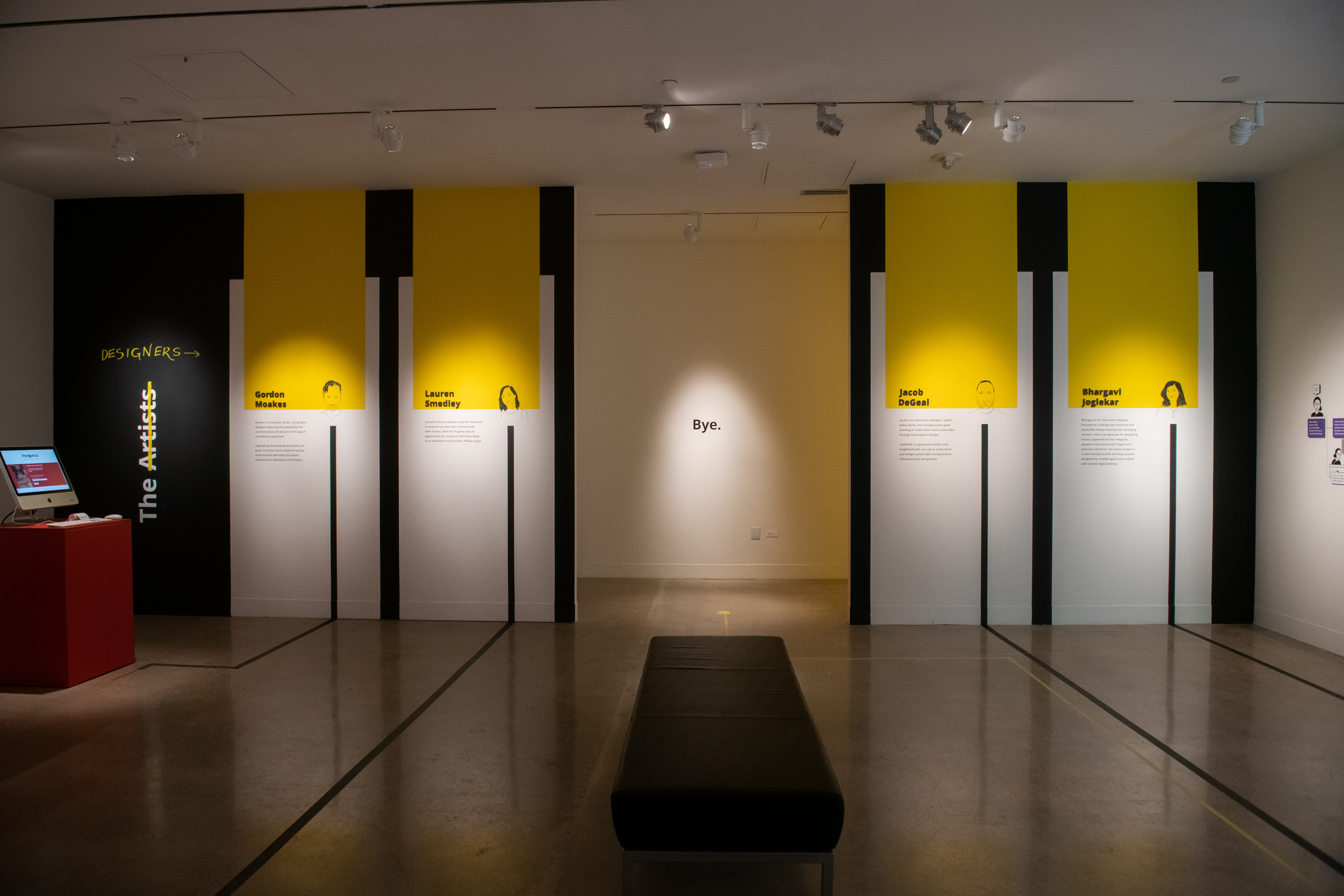
Overview of the biography wall.
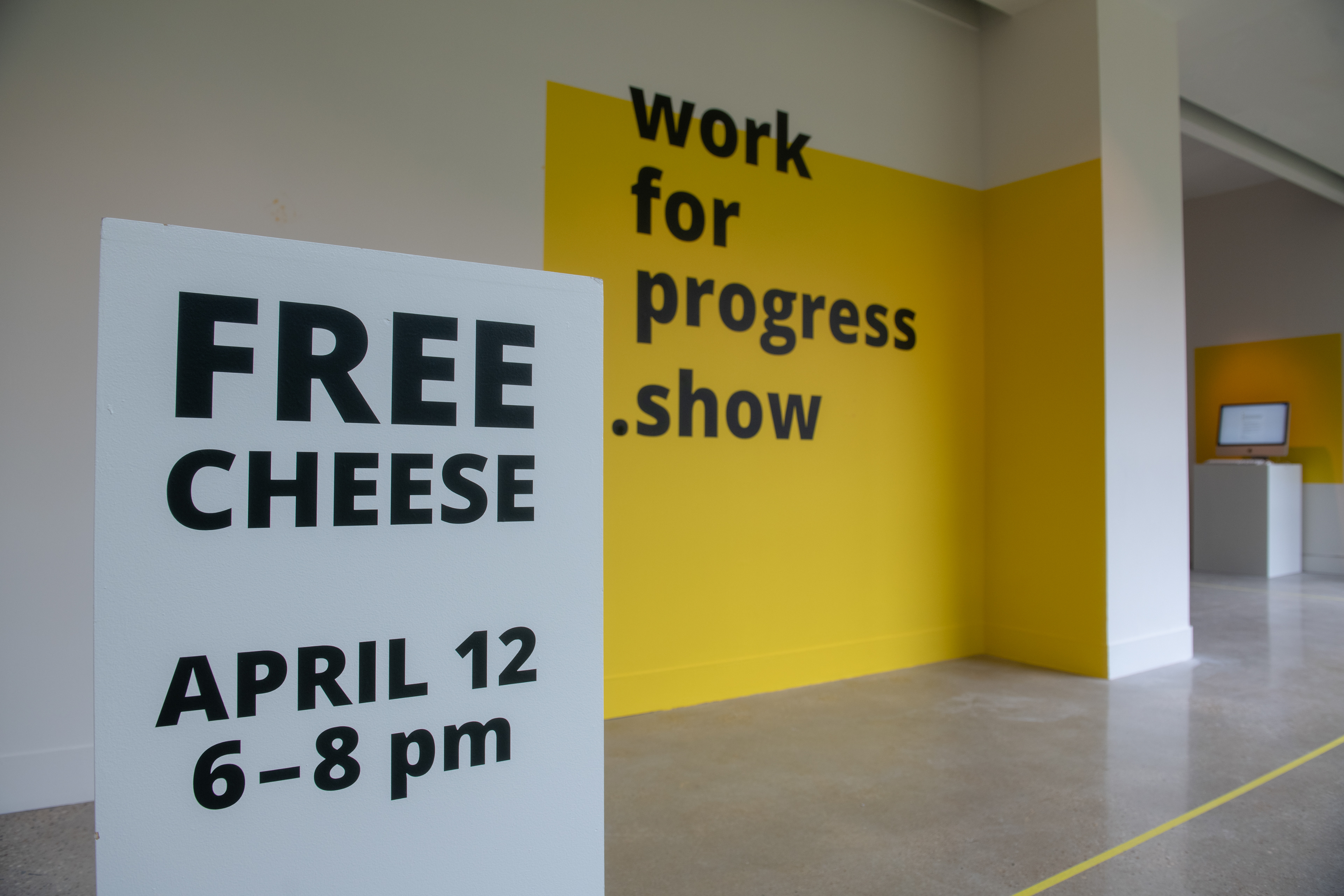
Sign which was viewable from outside, advertising "free cheese!"
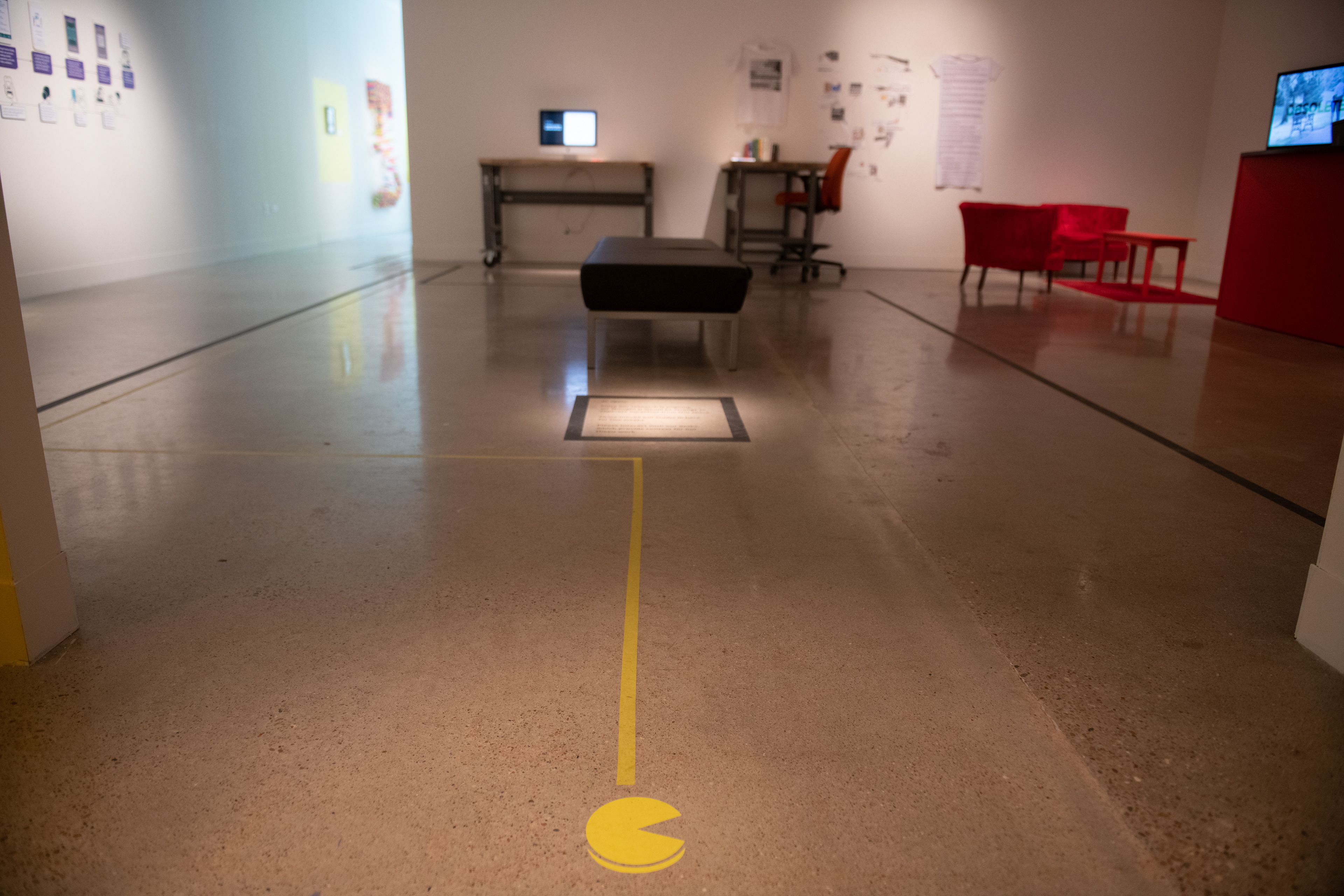
Wayfinding graphic which led to the "free cheese!"

Visitors eating the cheese
project overview
Like all museums, The Franklin Institute is peppered with “interstitial spaces.” Hallways, corners, and lobbies that are high traffic dead zones. My design team collaborated with the curatorial team to create mini pop-up exhibit spaces, showing off artifacts which are often left in storage. In designing this space, I had to keep in mind future interstitial spaces and how they could have a cohesive look, even when the artifacts or topics varied. I also wanted to create a space that could hold its own against the classic drama of the building, but match the vibrancy and energy of its exhibit halls.
Created while at The Franklin Institute, 2016. Photography courtesy of Colin Lenton.
PROJECT OVERVIEW
An exhibit I developed with Alyson Beaton about Charles and Ray Eames and the chairs they designed. No labels or content panels were used in the space; context was provided visually, through process photographs, and visitors were invited to sit on and touch the chairs.
Created while at The University of Texas, 2018. Photos courtesy of Sandy Carson